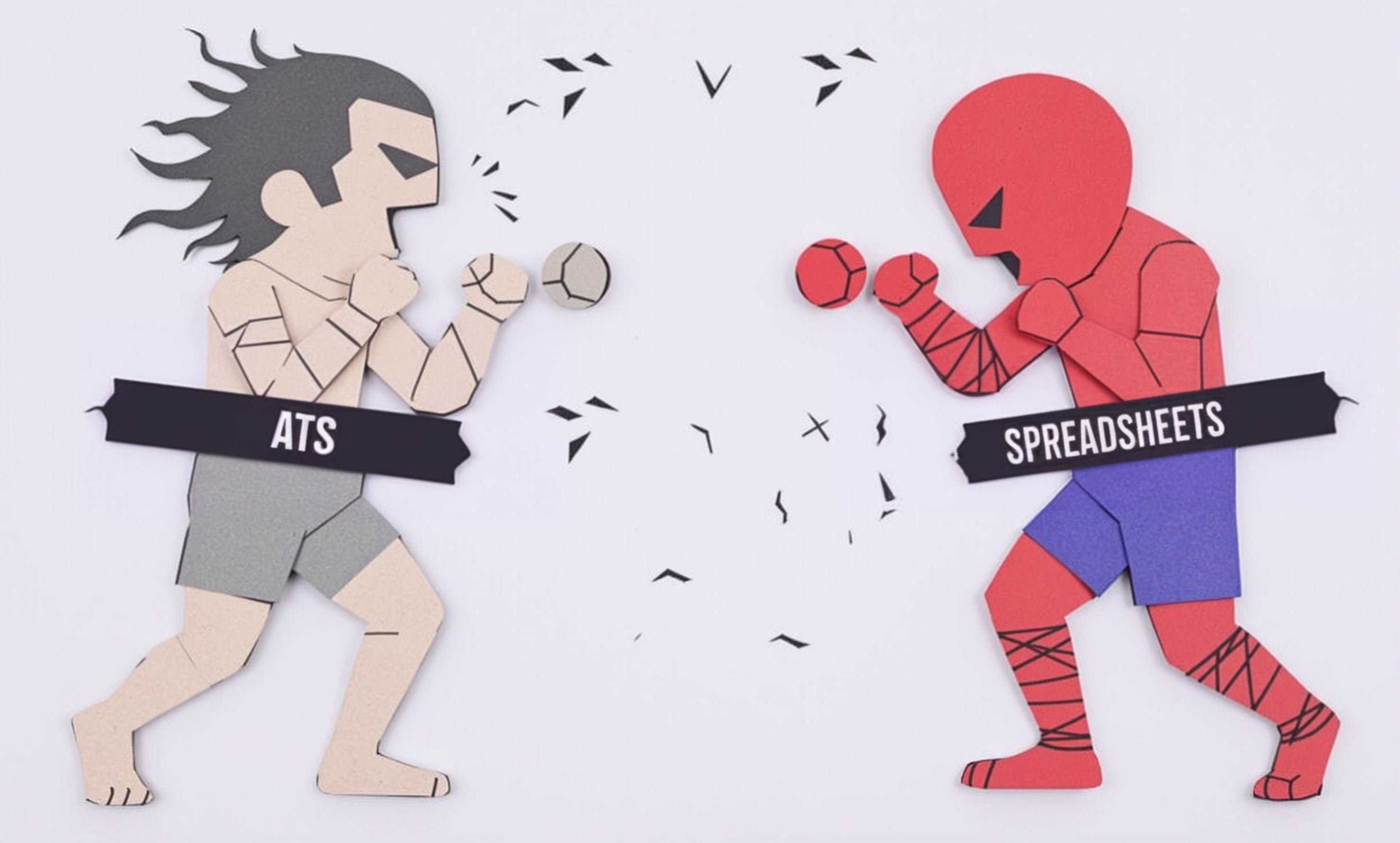
Spine
A spine is the vertical edge of a book where the pages are bound together. In rare book dealing, the condition and features of a spine are crucial for determining a book's value and authenticity. When people in the rare book industry talk about spines, they're referring to both this physical part of the book and their expertise in evaluating and preserving it. Similar terms used in the field include "backstrip" or "backbone." Understanding spines is essential because they often contain important publication information and are a key factor in a book's overall condition assessment.
Examples in Resumes
Restored and preserved spine integrity on 17th-century leather-bound volumes
Evaluated spine condition and binding structure for auction catalog descriptions
Specialized in backstrip repair and conservation of antiquarian books
Created detailed condition reports focusing on spine and binding characteristics
Typical job title: "Rare Book Dealers"
Also try searching for:
Where to Find Rare Book Dealers
Professional Organizations
Job Boards
Online Resources
Example Interview Questions
Senior Level Questions
Q: How do you evaluate the condition of a spine on a 17th-century leather-bound book?
Expected Answer: A senior specialist should discuss checking for leather deterioration, joint integrity, spine bands, headbands condition, and signs of previous repairs or restoration. They should mention how these factors affect book value and conservation needs.
Q: What considerations go into deciding whether to repair or replace a damaged spine?
Expected Answer: Should explain balancing historical integrity with structural necessity, discussing different repair techniques, material choices, and when preservation of original materials takes precedence over repairs.
Mid Level Questions
Q: What are the common types of spine damage you encounter and how do you document them?
Expected Answer: Should describe typical issues like splitting joints, loose spine pieces, and wear patterns, along with standard documentation methods including condition reports and photography.
Q: How do you identify different binding styles and periods through spine examination?
Expected Answer: Should demonstrate knowledge of historical binding techniques, explaining how spine features like raised bands, decorative elements, and materials indicate different periods and styles.
Junior Level Questions
Q: What are the basic parts of a book spine?
Expected Answer: Should identify main components like headbands, spine bands, spine title, publisher information, and explain their basic functions in book construction.
Q: What basic tools and materials do you use for spine assessment?
Expected Answer: Should list essential tools like magnifying glasses, measuring tools, and basic documentation materials, explaining their use in preliminary condition assessment.
Experience Level Indicators
Junior (0-2 years)
- Basic spine condition assessment
- Understanding of book anatomy
- Simple documentation practices
- Knowledge of common binding styles
Mid (2-5 years)
- Detailed condition reporting
- Period-specific binding identification
- Basic conservation techniques
- Value assessment based on spine condition
Senior (5+ years)
- Complex restoration planning
- Advanced conservation techniques
- Authentication expertise
- Training and supervision of staff
Red Flags to Watch For
- Unable to identify basic binding styles
- Lack of knowledge about proper handling techniques
- No understanding of conservation ethics
- Poor documentation practices
Related Terms
Need more hiring wisdom? Check these out...

Why Your Hiring Spreadsheets Are Secretly Sabotaging Your Recruitment

Beyond Spreadsheets: Why Executive Dashboards in ATS Systems Are Your Secret Hiring Weapon

Neurodiversity in Hiring: Unlocking Hidden Talent Pools for the Future

